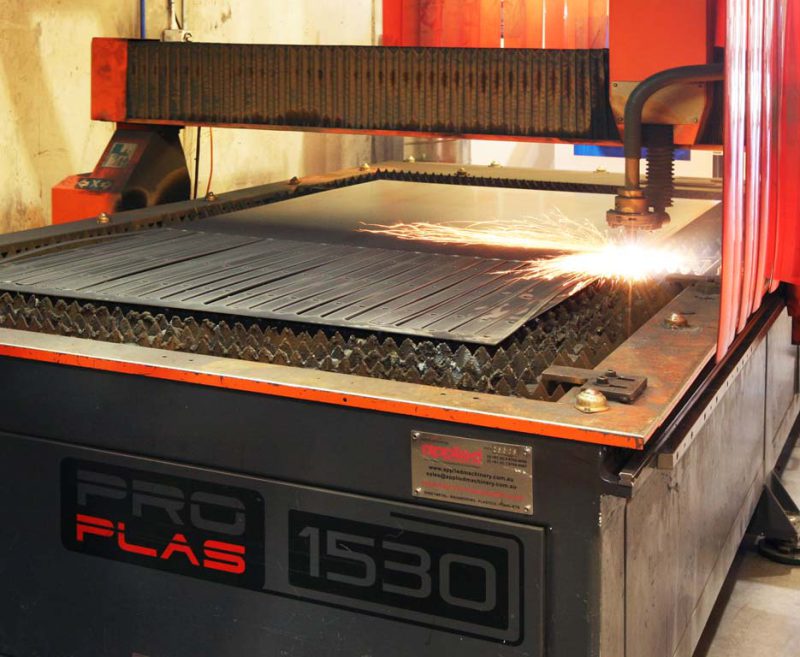Laser Cutting in Metal Fabrication: Meeting the Demands of Complex Projects
09 October 2024
Laser cutting transforms metal fabrication by providing precision for complex projects. Explore its applications in modern manufacturing in Melbourne.
Laser cutting in metal fabrication is revolutionising how complex projects are approached, offering unmatched precision and versatility. This cutting-edge technology enables the creation of intricate designs and high-quality finishes, meeting the demands of modern manufacturing.
What is Laser Cutting?
Laser cutting is a process that uses a high-powered laser beam to cut through metal sheets and plates. The laser is guided by a computer-controlled system, which allows for intricate and precise cuts with minimal material wastage. This technology is widely used in various industries, from automotive to aerospace, due to its ability to handle complex designs and tight tolerances.
How Laser Cutting in Metal Fabrication Meets the Demands of Complex Projects
Laser cutting stands out in the metal fabrication industry for its remarkable benefits, setting it apart from traditional cutting methods. Here’s why this technology is preferred for complex projects:
• Precision and Accuracy: Laser cutting provides exceptional precision, allowing for intricate designs and fine details that are difficult to achieve with other methods. This level of accuracy is crucial for complex projects where even the smallest deviation can impact the final product.
• Versatility: It can cut through a variety of metals, including steel, aluminium, and stainless steel, with ease. This makes it suitable for a wide range of applications, from simple shapes to intricate patterns.
• Speed and Efficiency: Laser cutting is a fast and efficient process, capable of producing high-quality cuts at a rapid pace. This not only reduces production time but also minimises material wastage, contributing to cost savings and environmental sustainability.
• Minimal Heat-Affected Zone: Laser cutting produces a narrow heat-affected zone (HAZ) compared to other cutting methods. This means there is less thermal distortion and less need for post-processing, which is important for maintaining the integrity and quality of complex parts.
• Minimal Tool Wear: Unlike traditional cutting methods, laser cutting does not involve physical tools that wear out over time. This reduces the need for frequent maintenance and replacements, further enhancing the efficiency of the process.
Applications of Laser Cutting in Metal Fabrication
Laser cutting has become a cornerstone of metal fabrication, offering solutions for a variety of complex projects. Some common applications include:
• Custom Parts and Components: Laser cutting allows for the production of custom parts and components with high precision. This is particularly useful in industries such as aerospace and automotive, where customised parts are often required.
• Prototyping: The speed and accuracy of laser cutting make it an ideal choice for prototyping. Designers and engineers can quickly produce prototypes to test and refine their designs before moving on to full-scale production.
• Architectural Elements: In the architecture and construction industries, laser cutting is used to create intricate architectural elements and decorative features. The ability to cut detailed patterns and shapes opens up new possibilities for design and aesthetics.
• Signage and Branding: Laser cutting is also popular in the production of signage and branding materials. The technology allows for the creation of eye-catching signs and logos with precise detailing and clean edges.
WS Fabrication leverages state-of-the-art laser cutting technology to deliver top-notch custom steel products and solutions. Our commitment to precision and efficiency ensures that we meet the demands of even the most complex projects. Contact us for your next project.
Optimized by: Netwizard SEO

